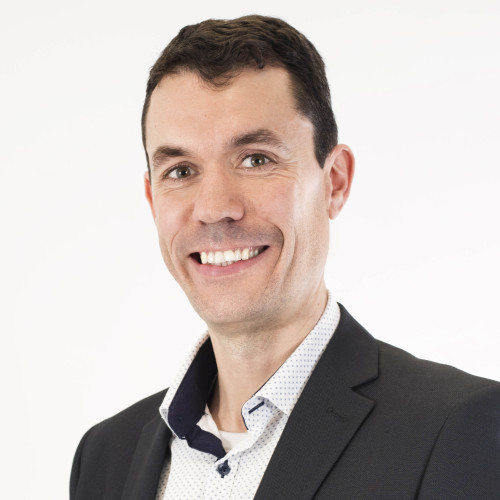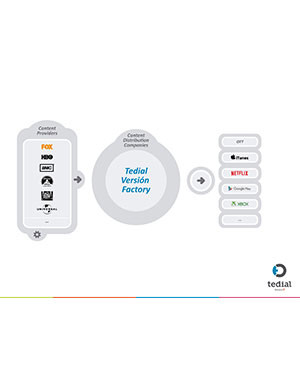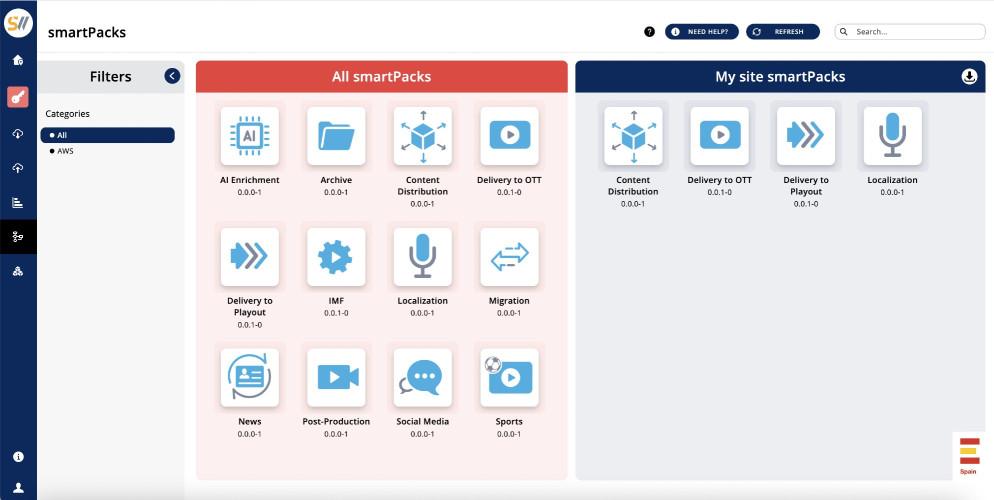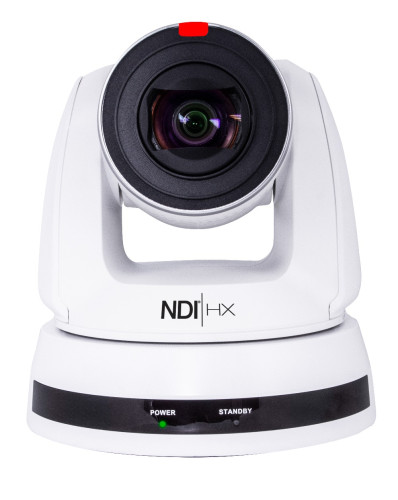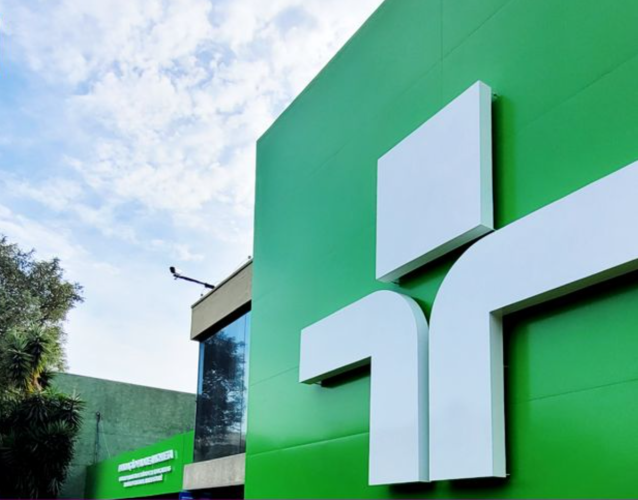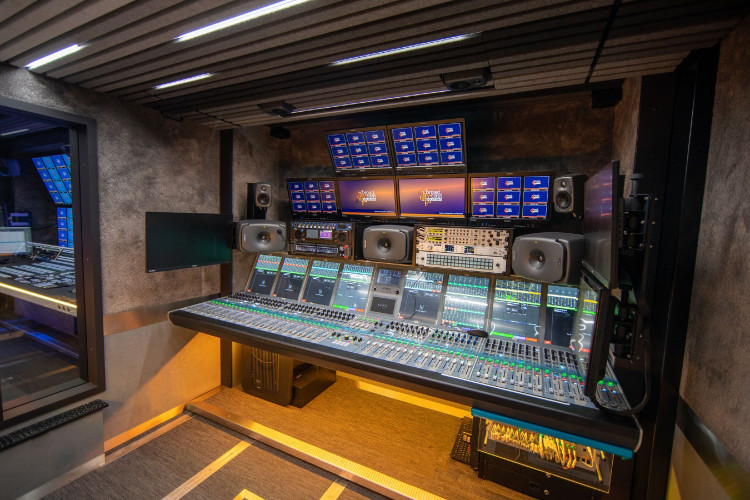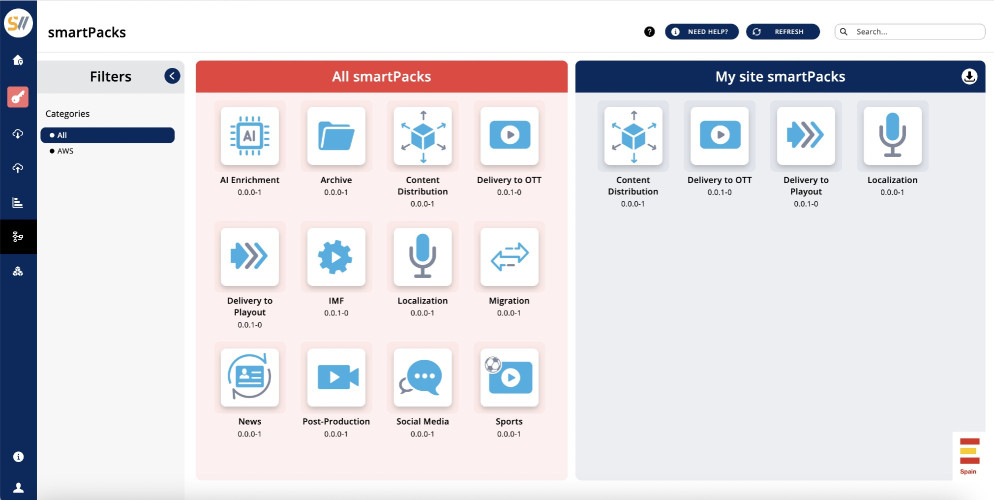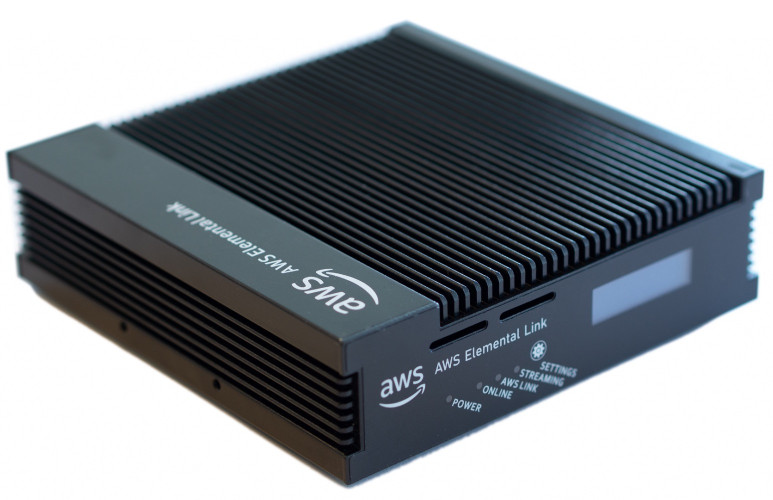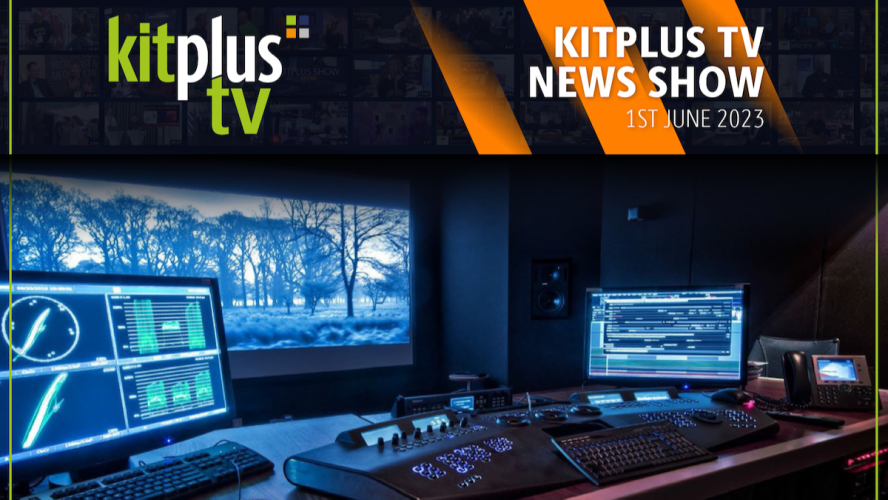As an industry we know that to be successful in the new multi-platform, multi-format environment there are hurdles that broadcasters and other content owners must overcome. These include: the introduction of non-linear offerings, which require different services to be managed in parallel; the reduction of revenues from conventional linear channels, which increases output while reducing costs; access to content across multiple platforms; and integration of news and production environments and the business systems that control them. So how can this be achieved?
In order to satisfy the demands above and operate as effectively as possible, it's essential that MAM technology providers are very precise in their use of IT technologies when applying them in order to create a MAM system that evolves to meet the growing demands of the consumer. By selecting the correct media IT solutions architecture, media companies can integrate their entire business from acquisition and production through to packaging and delivery, enabling far more efficient and cost-effective operations.
By meeting these challenges, broadcasters and content owners can take advantage of a system where new services can be provisioned for new business opportunities and growth areas quickly including: UHD, nonlinear services, multi-platform delivery, scalability, third-generation environments and profitability within media operations. To enable broadcasters and content owners to maximize these opportunities, MAM systems should include key features that further improve flexibility and efficiency.
A key way to satisfy these growing media complexities and to maximise/automate content delivery operations, is for modern MAM/workflow solutions to adopt SMPTE IMF methodologies to provide a true media factory. A media factory is used to process and transform content coming from external providers, or produced internally, according to each specific delivery platform requirement where typical tasks include: re-wrapping, transcoding, segmentation, DRM, generation on ancillary XMLs and all the related media needed for the platform. The goal of building a media factory is to simplify and automate (as much as possible) content delivery to multiple platforms, focusing on nonlinear issues due to their inherent complexity.
In order to take advantage of IMF methodologies, the MAM/workflow system must have the ability to support extended metadata for efficient content management. This is why leading MAM software companies have begun to implement a true object relational database as their core product platform, and evolve the classic concept "one asset is a clip\" into a more sophisticated media-set that references into a single, logical container all the physical media, audio, subtitles and other related content such as posters and trailers to facilitate this expansion of relationships into hundreds and thousands of reliable connections. The first fundamental design requirement to support an IMF media factory is efficient content management that easily manages and references the components to be delivered.
The second design requirement to build a media factory is the use of IMF methodologies themselves: CPL (composition playlist) to define which components are going to be delivered (audio languages, subtitles, etc.); media essences stored in the MAM, as a reference of the source formats that will be used for the delivery; and an OPL (Output Profile List) to define the transformations using a set of third-party engines for transforming the media.
Based on 15 years of innovations, Tedial's award-winning Version Factory, which was launched at NAB 2016, is the world's first true media factory workflow. It provides a single efficient and cost-effective workflow that supports millions of file input to output configurations and can be managed from a single operator screen. Designed to interface to content management/rights management/traffic/work order systems for automated operations, the Version Factory stacks chosen media engines (transcoders, quality control, DRM, CDN, etc.), employs SMPTE standardised designs for future proof "N-input to N-output\" operations and provides the maximum flexibility and scalability for OTT/VOD Platforms, Network Operations and media companies focused on managing their Brand across all distribution formats.
Over the past 15 years Tedial has been a true industry visionary, bringing the most technologically advanced MAM and IT solutions to broadcasters and media companies in all corners of the globe. Tedial's multi-site media management with business-driven workflow enables end-to-end integration providing the true benefits of the media factory ideal.



